Potrebujeme váš súhlas na využitie jednotlivých dát, aby sa vám okrem iného mohli ukazovať informácie týkajúce sa vašich záujmov. Súhlas udelíte kliknutím na tlačidlo „OK“.
ASTM F1581-08(2012)
Standard Specification for Composition of Anorganic Bone for Surgical Implants
Automaticky preložený názov:
Štandard Specification pre zloženie anorganických kosti z chirurgických implantátov
NORMA vydaná dňa 1.10.2012
Informácie o norme:
Označenie normy: ASTM F1581-08(2012)
Poznámka: NEPLATNÁ
Dátum vydania normy: 1.10.2012
Kód tovaru: NS-50815
Počet strán: 4
Približná hmotnosť: 12 g (0.03 libier)
Krajina: Americká technická norma
Kategória: Technické normy ASTM
Kategórie - podobné normy:
Anotácia textu normy ASTM F1581-08(2012) :
Keywords:
allogeneic, anorganic, apatite, bone, hydroxyapatite, hydroxylapatite, implant, xenogeneic, ICS Number Code 11.040.40 (Implants for surgery, prothetics and orthotics)
Doplňujúce informácie
| 1. Scope | ||||||||||||||||||||||||||||||||||||||
|
1.1 This specification covers material requirements for anorganic xenogeneic or allogeneic bone (apatite) intended for surgical implants. For a material to be called anorganic or deorganified bone, it must conform to this specification (see 1.2 The biological response to apatite in soft tissue and bone has been characterized by a history of clinical use and by laboratory studies (1, 2, 3).2 Xenogeneic bone, with organic components present, has been shown to be antigenic in the human host (4) whereas the same material that has been completely deorganified has been shown to elicit no inflammatory or foreign body reactions in human clinical use 1.3 This specification specifically excludes synthetic hydroxylapatite, hydroxylapatite coatings, ceramic glasses, tribasic calcium phosphate, whitlockite, and alpha- and beta-tricalcium phosphate. 1.4 The values stated in SI units are to be regarded as standard. No other units of measurement are included in this standard. 1.5 Warning—Mercury has been designated by EPA and many state agencies as a hazardous material that can cause central nervous system, kidney, and liver damage. Mercury, or its vapor, may be hazardous to health and corrosive to materials. Caution should be taken when handling mercury and mercury-containing products. See the applicable product Material Safety Data Sheet (MSDS) for details and EPA’s website (http://www.epa.gov/mercury/faq.htm) for additional information. Users should be aware that selling mercury or mercury-containing products, or both, in your state may be prohibited by state law. 1.6 This standard does not
purport to address all of the safety concerns, such as health
concerns due to the presence of transmissible disease, associated
with its use. It is the responsibility of the user of this standard
to establish appropriate safety and health practices and determine
the applicability of regulatory limitations prior to use.
(See
Standard Test Methods for Arsenic in
Water Standard Test Methods for Copper in
Water Standard Test Methods for Total and
Dissolved Carbon Dioxide in Water Arsenic <211> Identification Tests for Calcium and
Phosphate <191> Cadmium <461> Mercury <261> Lead <251> Standard Specification for Composition of
Medical-Grade Hydroxylapatite for Surgical Implants Heavy Metals <231> Standard Practice for Determination of
Elements by Graphite Furnace Atomic Absorption Spectrometry Standard Practice for Selecting Generic
Biological Test Methods for Materials and Devices Standard Test Methods for Cadmium in
Water Standard Test Method for Total and
Organic Carbon in Water by High Temperature Oxidation and by
Coulometric Detection Standard Practice for Measuring Trace
Elements in Water by Graphite Furnace Atomic Absorption
Spectrophotometry Standard Test Methods for Lead in Water
(Withdrawn 2024) Cadmium |
Podobné normy:
Historická
1.4.2013
Historická
15.7.2013
Historická
1.11.2013
Historická
15.1.2014
Historická
1.11.2008
Historická
15.5.2012


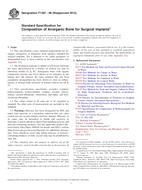
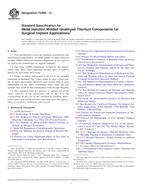 ASTM F2989-13
ASTM F2989-13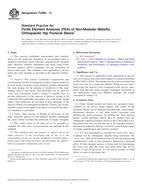 ASTM F2996-13
ASTM F2996-13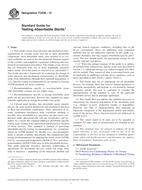 ASTM F3036-13
ASTM F3036-13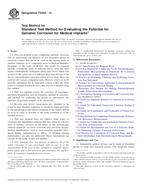 ASTM F3044-14
ASTM F3044-14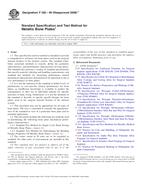 ASTM F382-99(2008)e1..
ASTM F382-99(2008)e1..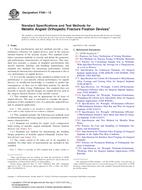 ASTM F384-12
ASTM F384-12
 Cookies
Cookies
